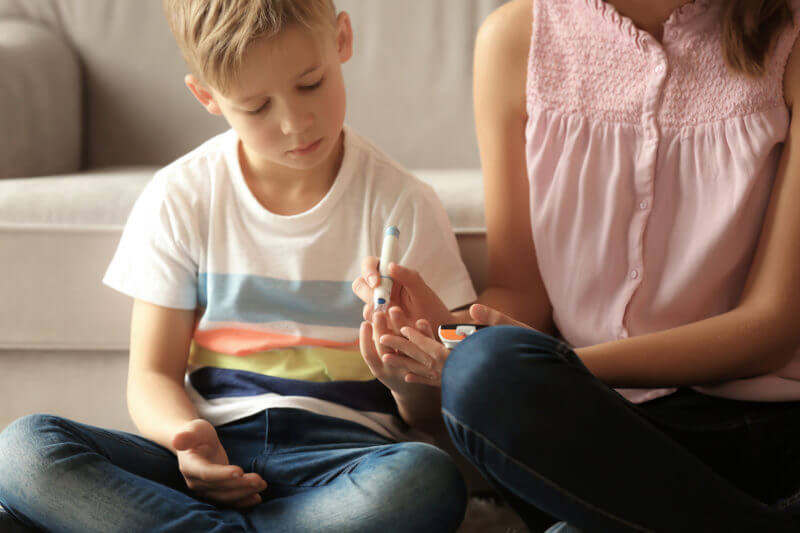Conquer Your Diabetes: Prevention, Control and Remission, written by Dr. Martin Abrahamson and Dr. Sanjiv Chopra, Professors of Medicine at Harvard Medical School, delves into the details of overcoming diabetes, including the best approaches to prevention, control, and remission.
The burden of hypoglycaemia on people with diabetes extends beyond its clinical consequences. Read on to learn about the quality-of-life impact of hypoglycaemia and the unanswered questions that remain.
Like any diabetes intervention, hybrid closed loops have their strengths and limitations. Read on to learn more about the place of hybrid closed loops in diabetes management.
The burden of hypoglycaemia on people with diabetes extends beyond its clinical consequences. Read on to learn about the quality-of-life impact of hypoglycaemia and the unanswered questions that remain.
Reducing the risk of hypoglycaemia depends on having the right information—and using it.
Reducing the risk of hypoglycaemia is a multifaceted challenge. For starters, health providers need to understand which behaviours raise and decrease the risk, so they can communicate this information to individuals with diabetes and the people who care for them.












